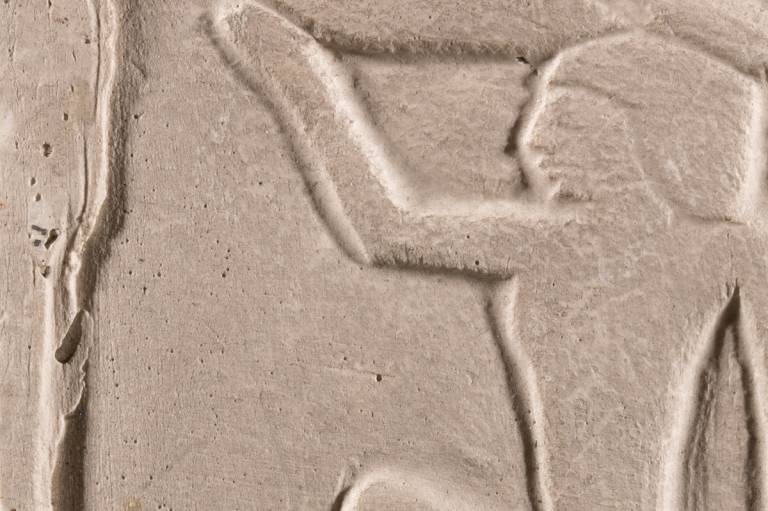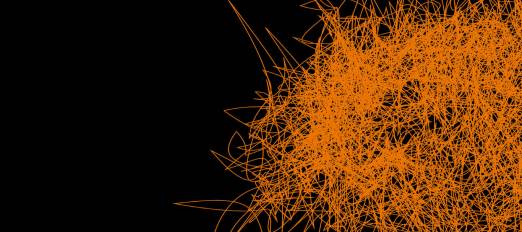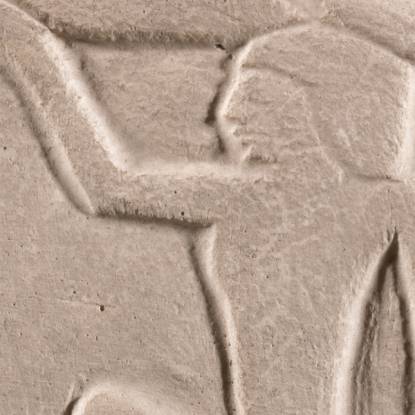Women and hieroglyphs: Teaching ancient languages at UCL

This free display, marking the 200th anniversary of the decipherment of ancient Egyptian hieroglyphs, celebrates the female UCL teachers and students who were core to ancient language teaching in the late 19th and early 20th centuries.
On September 27, 1822, Jean François Champollion announced that he could decipher the hieroglyphic inscription on the Rosetta Stone. This important discovery was fundamental in understanding the ancient Egyptian language and scripts.
Many people have worked to develop the study of hieroglyphs including Egyptian scholars, women, and Coptic priests. Their work has not always been credited.
Female teachers and students at UCL were core to these developments in the late 19th and early 20th centuries. The groundbreaking work of archaeologist, writer, feminist and folklorist Dr Margaret Murray (1863–1963), and her students Margaret (Peggy) Drower and Georgina Aitken, transformed how ancient languages are taught and studied.
Through notebooks, plaster casts, watercolours and ephemera, this display celebrates these pioneering female teachers and students at UCL and the legacies of their work today.
Amna Ahmad and Charlotte Yan, UCL Education Studies students, curated this display as part of their undergraduate studies in 2022.
 Close
Close



 Petrie Museum of Egyptian and Sudanese Archaeology Event Petrie Museum
Petrie Museum of Egyptian and Sudanese Archaeology Event Petrie Museum